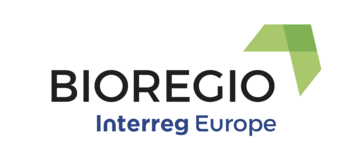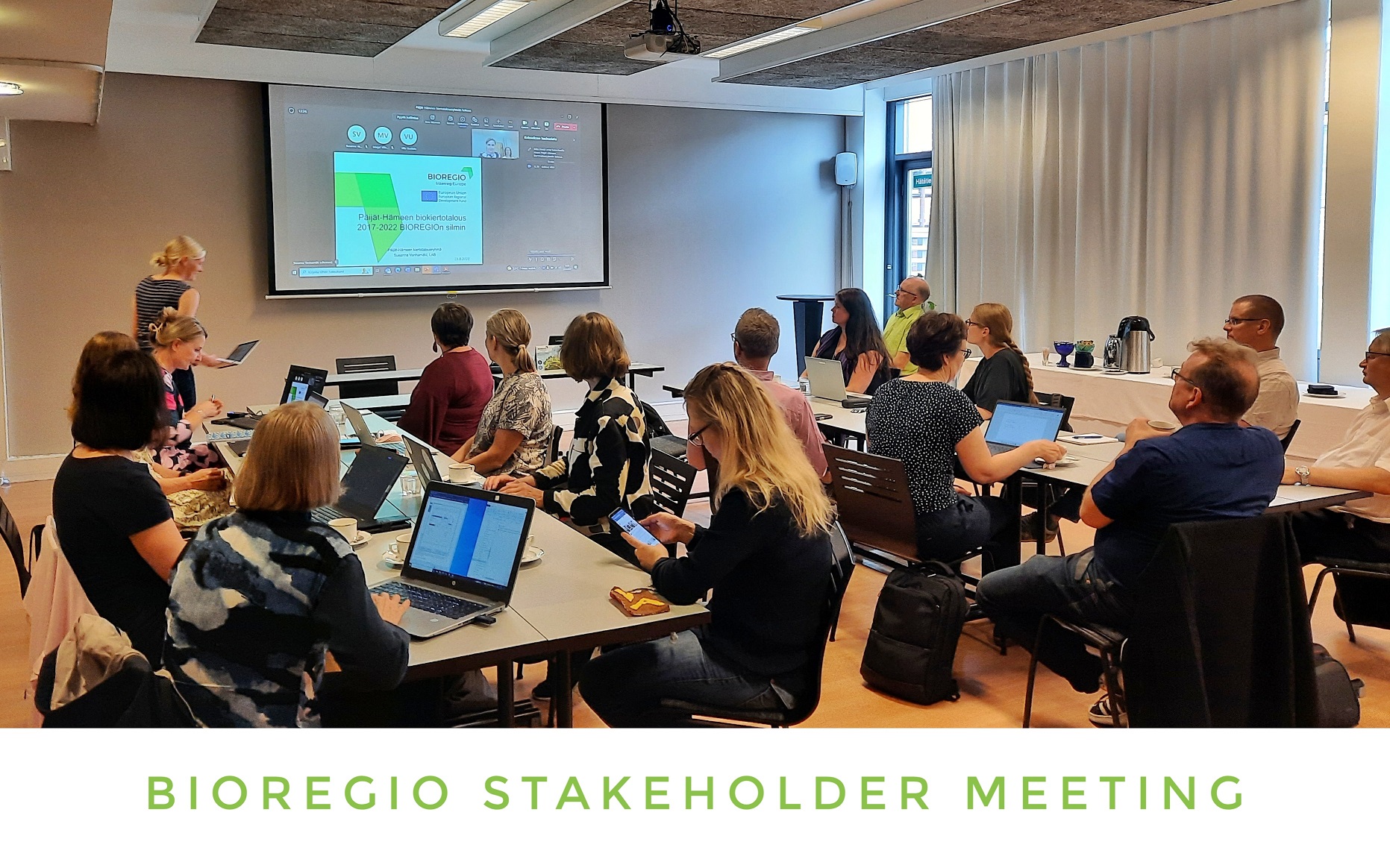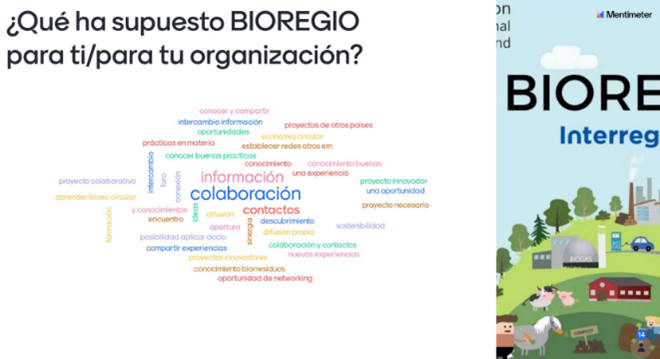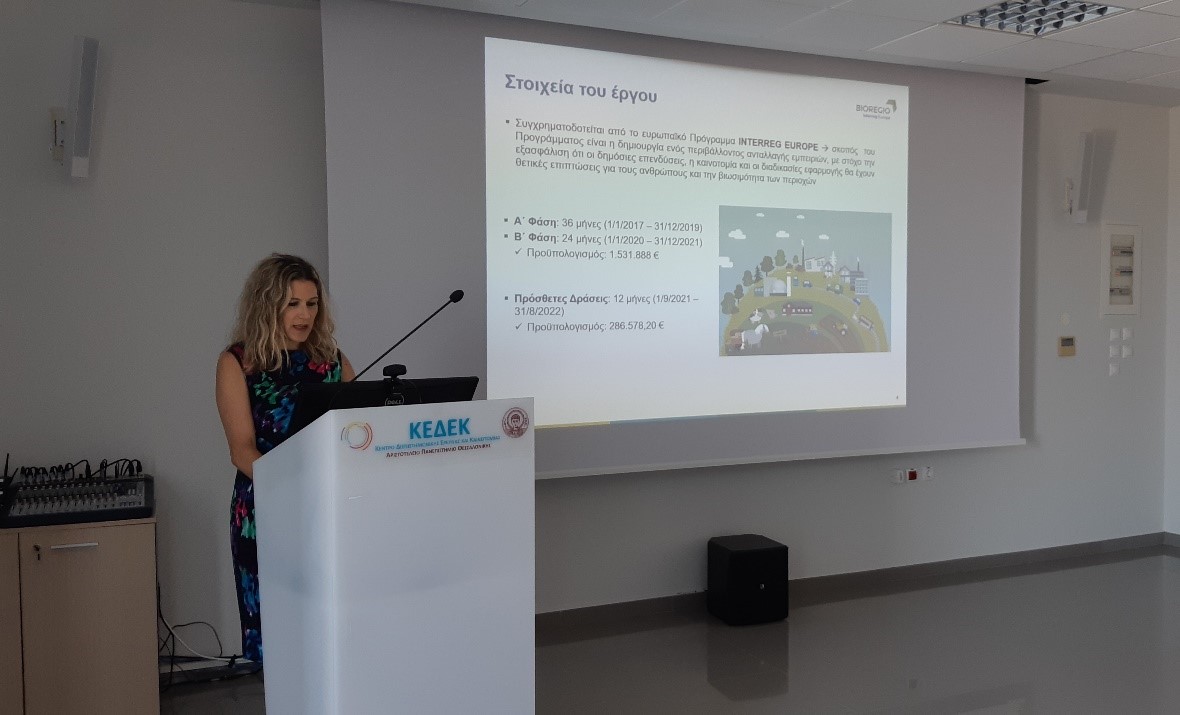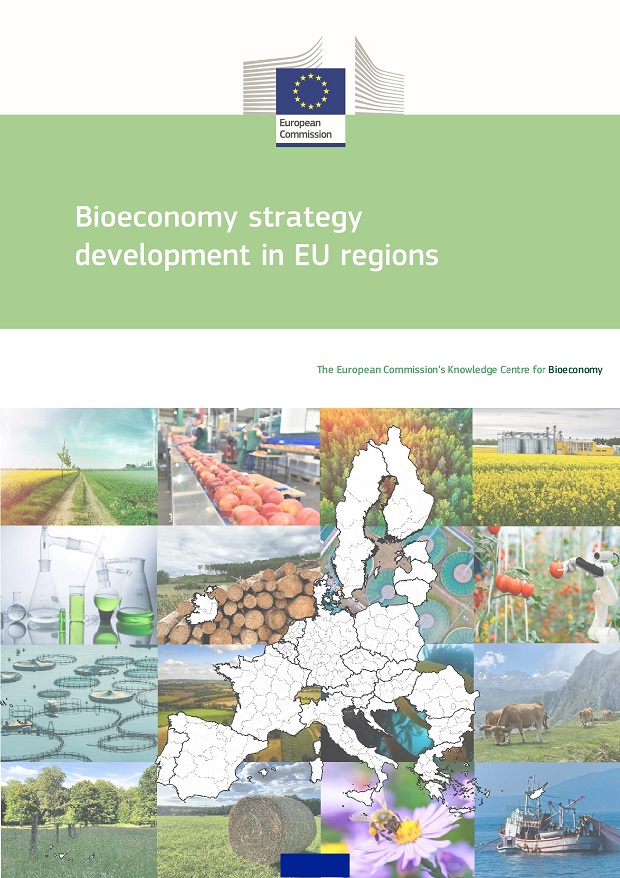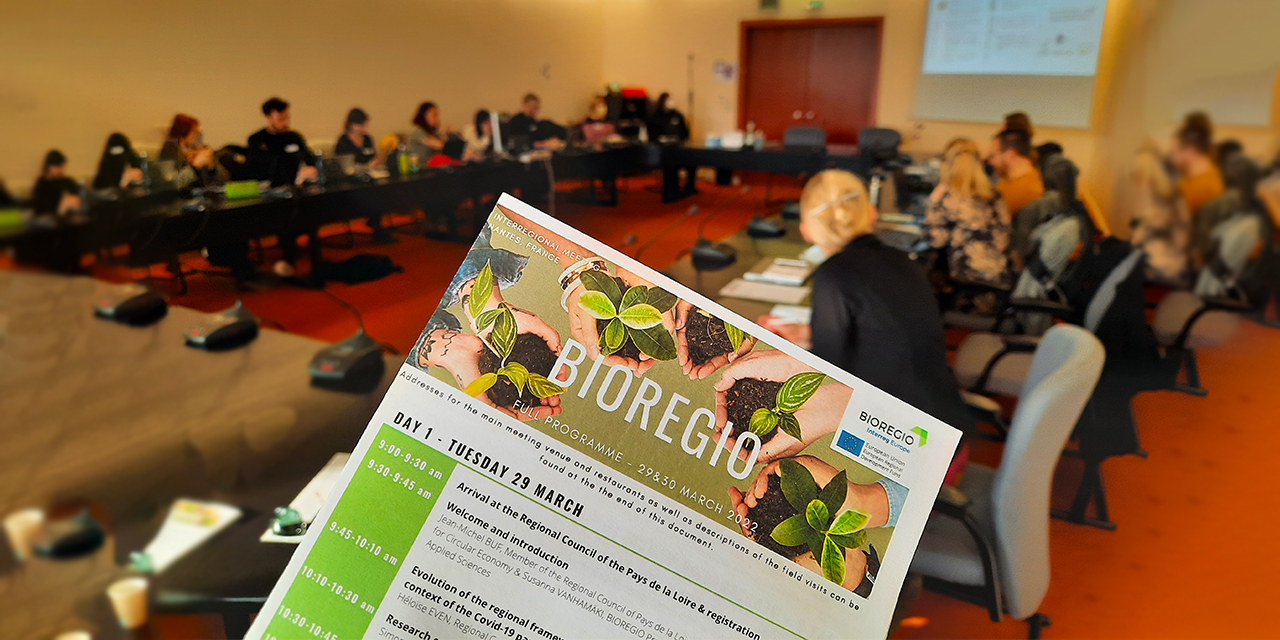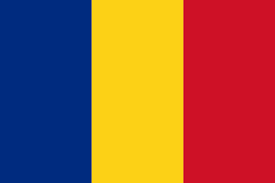Circular economy policy aims to maximize resource efficiency and minimize the amount of generated waste, resulting in minimal environmental impact and low production costs.
The European Union (EU) pays particular attention to bioeconomy, an economy based on renewable bio-resources (e.g. from crops, forests, livestock) that turns them into food, feed, products, materials and energy and supports the concept of circularity and durability.
The European Bioeconomy Strategy was launched in 2012 and updated in October 2018 to strengthen sustainable circular bio-economy in Europe.
The Interreg Europe BIOREGIO project identifies and promotes circular bio-economy in six regions of Finland, Spain, Greece, Romania, Slovakia and France. The circular bioeconomy related Good Practices, best technologies and models of cooperation are promoted under this project to be implemented in other regions of the EU.
 During the fourth BIOREGIO interregional event, which took place in Romania in October 2018, INCDCP-ICECHIM Calarasi Subsidiary organized on-site visits to present to the European partners examples of good practices from the South Muntenia Region related to the recovery of vegetable waste, sewage sludge and manure.
During the fourth BIOREGIO interregional event, which took place in Romania in October 2018, INCDCP-ICECHIM Calarasi Subsidiary organized on-site visits to present to the European partners examples of good practices from the South Muntenia Region related to the recovery of vegetable waste, sewage sludge and manure.
 The Wastewater Treatment Plant of Pitesti is an example of the circular economy of biological flows by using sewage sludge to obtain renewable energy, the resulting digestate being used as a fertilizer in agriculture.
The Wastewater Treatment Plant of Pitesti is an example of the circular economy of biological flows by using sewage sludge to obtain renewable energy, the resulting digestate being used as a fertilizer in agriculture.
The wastewater treatment plant generates large amounts of sludge containing nutrients, but also pathogens that contaminate it, and can not, therefore, be directly used on the land.
 Sewerage sludge still has a significant energy content, which can be harnessed through anaerobic digestion, producing biogas that is used as a source of heat and electricity for its own consumption. The digestate is dehydrated, stored on a special 2.7 ha platform and used as fertilizer in agriculture, based on contracts with local farms.
Sewerage sludge still has a significant energy content, which can be harnessed through anaerobic digestion, producing biogas that is used as a source of heat and electricity for its own consumption. The digestate is dehydrated, stored on a special 2.7 ha platform and used as fertilizer in agriculture, based on contracts with local farms.
Another example of recovery of sludge from wastewater treatment is Mioveni Pilot Plant, which transforms sludge mixed with vegetable waste from green spaces into good quality compost. The project was implemented at the end of 2016 by Municipal Services for Mioveni Community Company in collaboration with EU specialists. A solution has therefore been found for recovering nutrients from sewage sludge and to eliminate landfilling costs for sludge and park waste. It is an example of a bio-based circular economy where nutrients are recycled and returned to the soil.

The project implements an innovative composting solution, unique in Romania - GORE Cover Technology. Sewage sludge is mixed with shredded plant waste (1: 3 ratio), the mixture is placed on the composting platform provided with a forced ventilation system and is covered with the GORE® Cover semi-permeable membrane. This has the role to prevent moisture and heat loss, avoid the release of unpleasant smells and leaching by rainwater. By using this technology, composting time is reduced from 6 months to 8 weeks. The resulting compost contains valuable plant nutrients (nitrogen, phosphorus, potassium).
 Also in Arges County, in Priboieni, we find another example of circular bio-economy - the Manure Management Platform. Manure collected from local households is turned into compost, which is used as fertilizer in agriculture. It is a solution to avoid groundwater pollution through improper storage of manure.
Also in Arges County, in Priboieni, we find another example of circular bio-economy - the Manure Management Platform. Manure collected from local households is turned into compost, which is used as fertilizer in agriculture. It is a solution to avoid groundwater pollution through improper storage of manure.
 Bio & Co. is another successful project in a bio-based circular economy – composting of food waste to be used in its own organic farming social enterprise. It’s a project implemented by a Romanian NGO, Ateliere Fara Frontiere, in Ciocanesti, Dambovita, promoting social integration and employment of people at risk, responsible waste management and environmental protection, solidarity and responsibility for sustainable development.
Bio & Co. is another successful project in a bio-based circular economy – composting of food waste to be used in its own organic farming social enterprise. It’s a project implemented by a Romanian NGO, Ateliere Fara Frontiere, in Ciocanesti, Dambovita, promoting social integration and employment of people at risk, responsible waste management and environmental protection, solidarity and responsibility for sustainable development.

The farm has a 1000m² platform to compost food and organic waste collected from their own farm, but also from restaurants, hotels and supermarkets.
The organic farm is an example of the circular economy of biological flows because all waste is recycled on the composting platform.
Therefore, in Romania, the South Muntenia Region and beyond, there have been more and more examples of recovery of biowaste. The regional development strategy of the South-Muntenia Region has identified circular bio-based economy as one of the smart specialisation priorities. People are beginning to realize the need for efficient use of bio-resources and share the experience of European countries to implement the newest technologies of bio-waste recovery.
The original paper in Romanian was published in the South Muntenia Regional Development Agency Newsletter no 399 and is available here.
